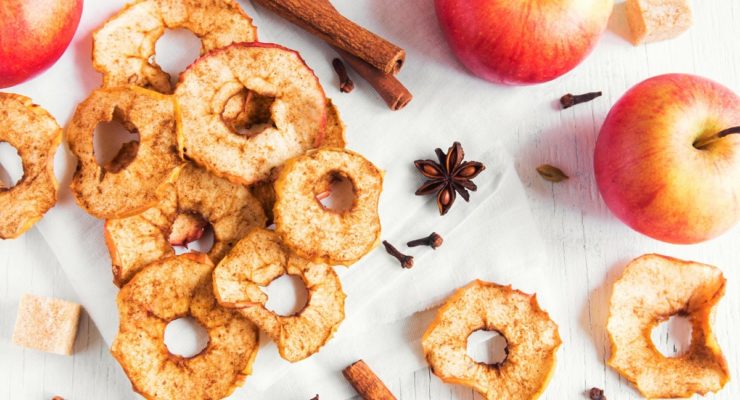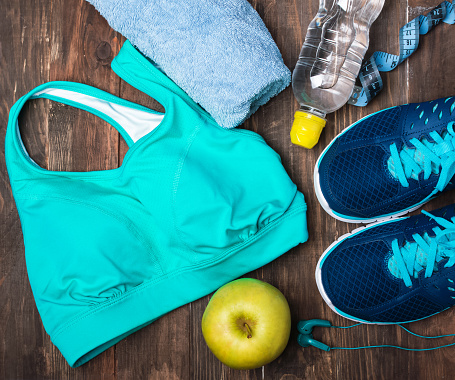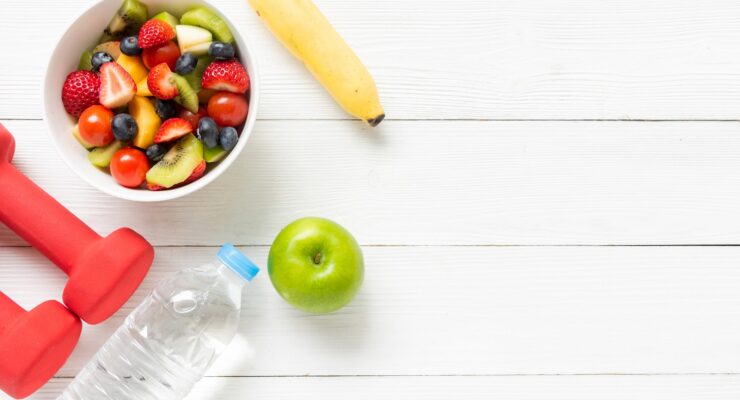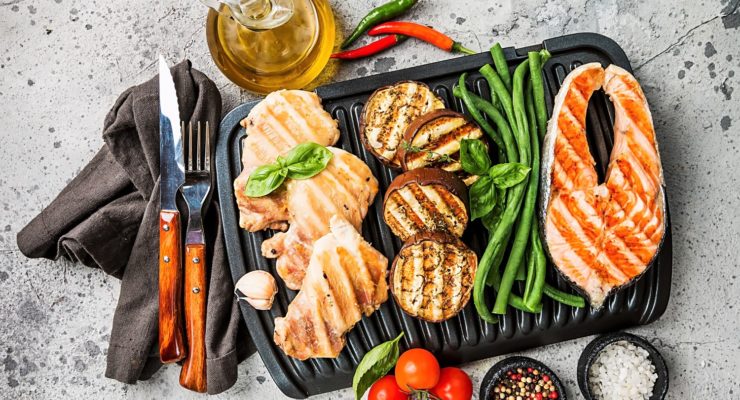Lose Weight at Work with These 7 Desk Essentials
Article posted in: Lifestyle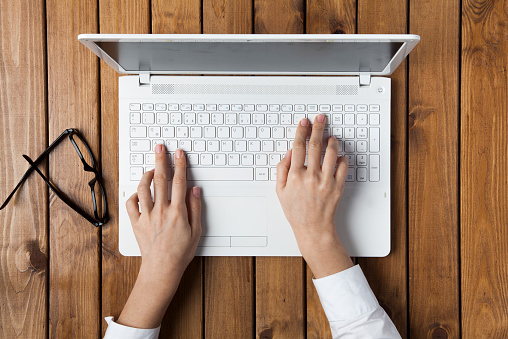
If you’ve got an office job, you spend almost half your waking hours at a desk. Spending all that time on your butt isn’t exactly ideal for weight loss, or your health—prolonged time in a chair ups your risk for heart disease, diabetes and even death. But you’ve gotta work. So how do you lose weight at work? Make your desk work for you—and your weight loss goals—by adding these seven things to your work-space:
1. Green tea bags:
Green tea doesn’t just help fight off cancer. It can help control blood sugar and helps with weight loss: In one study, participants who drank two cups per day lost 2.6 more pounds in three months than those who didn’t have any. Tea drinkers also lost two centimeters more off their waists. So pack a box of bags in your drawer, warm up a cup a few times per day, and lose weight at work with some simple sipping.
2. A reusable water bottle:
Water is the only true zero-calorie food—diet drinks claim to have none, but really have one or two, and can mess with your blood sugar. But drinking ice cold water actually helps your body burn calories as it digests: Your body has to warm the water up to bring it to your body temperature to be digested, burning calories as it warms. In one study from 2003, scientists found that drinking two liters of water daily can increase your body’s calorie burn by 400 calories per day. If you changed nothing else, that 400-calorie difference means you could lose a pound in less than two weeks.
In another study from Germany, drinking six cups of cold water throughout the day increased resting calorie burn by 50 calories per day. So fill the bottle up all day with ice cold water and lose weight at work the sweat-free way.
And make sure to fill it before lunch: In a study conducted at Virginia Tech, those who drank 16 ounces of water before meals for 12 weeks lost 36 percent more weight than participants who didn’t drink.
3. Your phone, set with alarms every three hours:
Of course, you already keep your phone at your desk. But those alarms can help boost your creativity and assist in your weight loss journey: Scientists at Stanford found that people who walked gave more creative answers on tests of creative thinking than those who tried to solve the problems while seated.
And it only takes 10 minutes: The Centers for Disease Control and Prevention recommends 150 minutes per week of aerobic activity (like walking), and says that 10-minute blocks are perfect. Try for three quick walks each day—to the coffee machine, to lunch or just for a quick break—and you’ll blow right past that 150 minute threshold, burning up to an extra 200 calories daily during your walks. Do that for a year, and it can mean a 20-pound weight loss.
4. A packed gym bag:
An object at rest tends to stay at rest, while an object in motion tends to stay in motion. In this case, the object is YOU: Don’t let yourself rest between the office and the gym because you’ve got to stop in and pack your stuff. Keep a packed bag in your desk (or in your car) so you can get your exercise in without stopping off at home. You’ll save time overall and have one less excuse to skip the gym.
5. Healthy snacks in your drawer:
When cravings strike, you won’t go for a second slice of birthday cake in the break room or a run to the vending machine—you’ll be armed with options that you know will satisfy and keep you on your plan.
But the key part of this tip is “in your drawer”: When it comes to food, “out of sight, out of mind” is real science. In a study involving a candy dish, scientists found that people ate 1.8 more pieces of candy per day when the bowl was placed on their desk as opposed to six feet away. So keep food in your drawer, not on top of the desk, to curb mindless munching.
6. Your food log:
Tracking your plan is almost as effective as having the plan in the first place. In a 2008 study, participants who kept a food diary lost twice as much weight as those who didn’t keep a record of their eating.
If you don’t want to risk losing the notebook, or just don’t want one more thing to carry, use your phone: In a small 2014 study, those who used a smartphone to log their eating were 20 percent more consistent in their tracking than those who used pen and paper. The Nutrisystem app is a simple way to stay on top of your diet and exercise tracking.
7. A list of your goals:
One of the reasons experts say weight loss programs fade in effectiveness over time is that dieters get comfortable and lose focus—they don’t feel as motivated to measure their food, so they eyeball it. They get lax about tracking their food in their log. As a result, their compliance with the program starts to waver—and so do their results.
Keep yourself at a high level of motivation over time by reviewing your goals every day: Keep them written on a card in your desk, and find time each day to read them, review them and remind yourself why you’re on this journey to begin with. Include some small goals you can achieve soon: In a Dutch study from 2011, those who reached small, realistic physical activity goals saw a direct improvement in their condition and quality of life. The study says these participants experienced higher levels of self-efficacy: That is, they came to believe they were capable of doing things and making changes.

